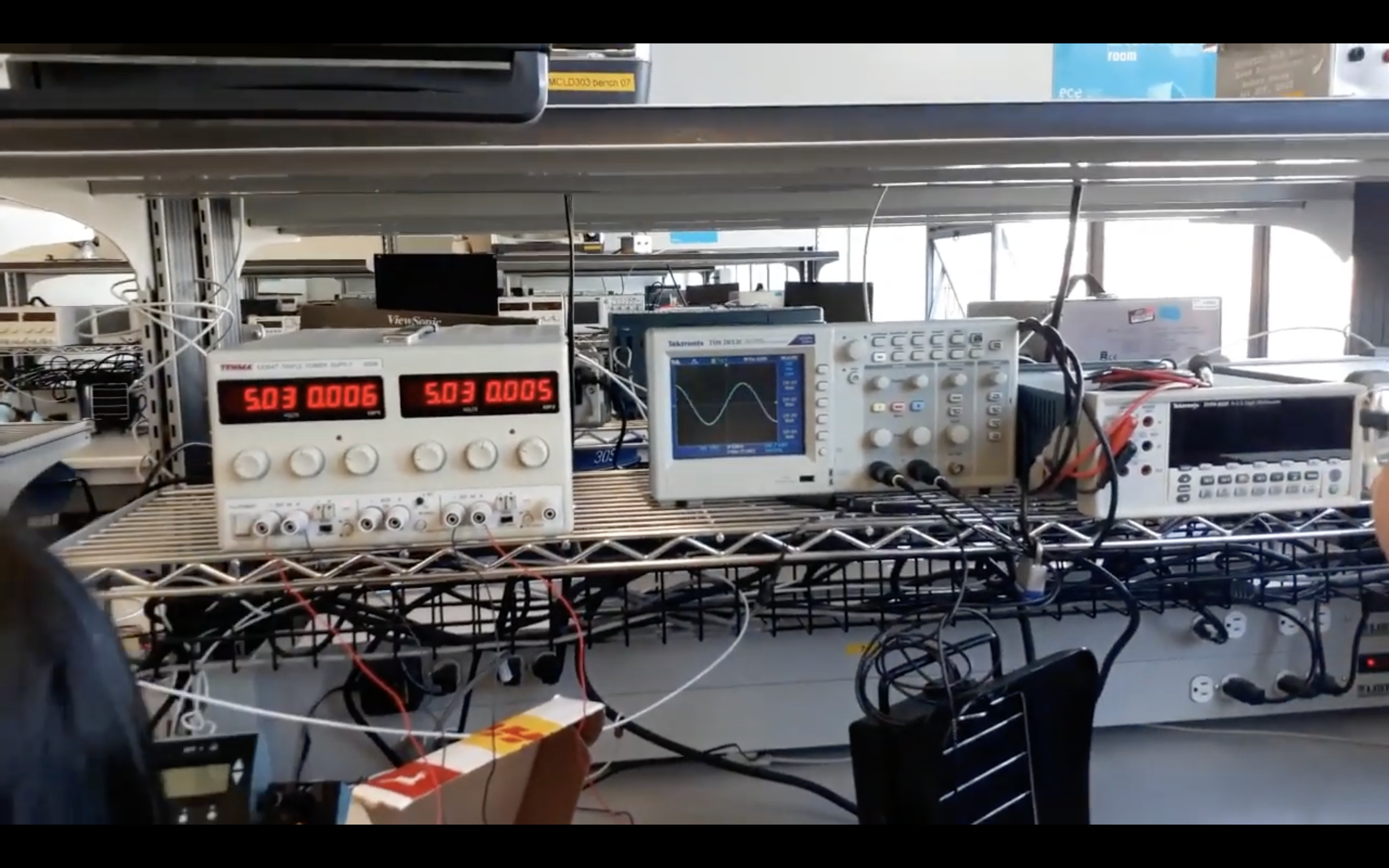MINT's Portfolio
Projects


MOSS is focused on creating a brain data workspace where signals like EEG data can be processed and managed seamlessly across different tools and platforms.
To do this, the user's brainwaves are first collected using an EEG headset. This data is then cleaned and processed to ensure that only relevant signals are maintained. Using advanced data pipelines and machine learning techniques, the processed data is analyzed, monitored, and visualized to make it easier for various teams to work with and gain insights from the neuro data. MOSS ensures smooth data flow and accessibility across different platforms.
Not only would this help researchers and developers working with neurotechnology, it will also help teams across different domains. Managing brain data is often complicated but MOSS is a user-friendly solution that simplifies the process.
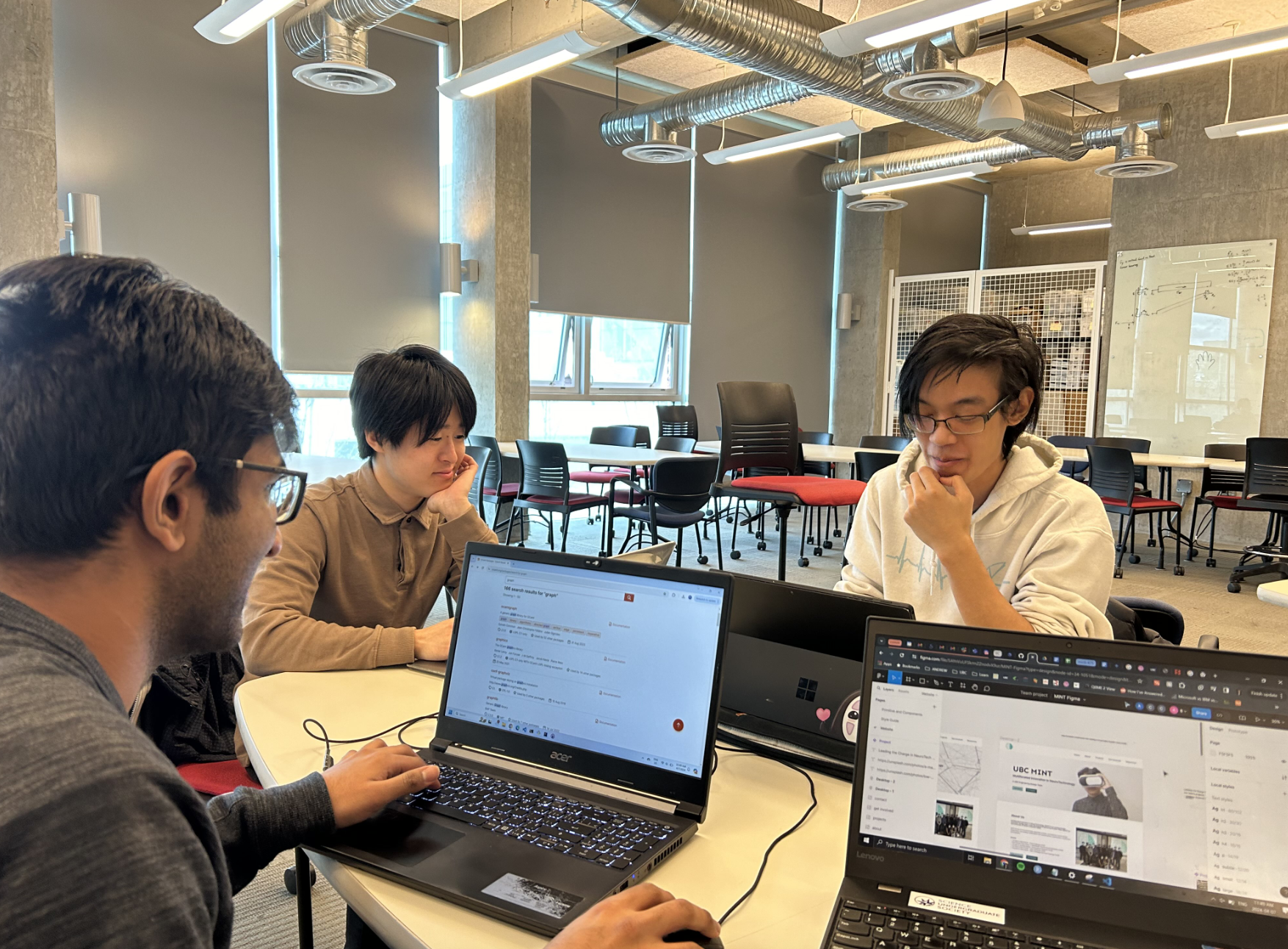
The Linares project explores using brain signals to control multiple robots. It combines open-source software development and research, starting with software that simulates robots controlled by brain-based neural networks.
As the software team develops this platform, the signal processing and deep learning teams will collect EEG data and train machine learning models, including reinforcement learning, to improve robot movement. The goal is to demonstrate robots navigating mazes and solving tasks using only brain signals.
After this, we will explore how humans and robots can collaborate to optimize performance through reinforcement learning. We’ll also research potential medical applications, such as using brain-controlled robots in care homes to assist individuals with mobility or other needs.
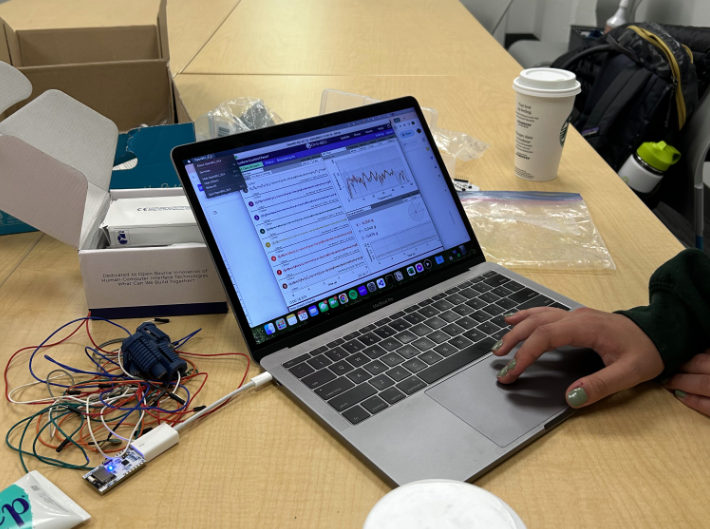
We can harness the signals from the brain, to create a visual interface for a disabled patient and the outside world through our cube which expands, rotates, and changes colour using the patient's brainwaves.
We accomplish this by first collecting the patient's brainwaves using an EEG headset. This data is then processed and passed into a deep learning model which will decipher the signals and pass them to the cube. The cube would then rotate, change colour and/or expand depending on the command given.
With this project, we are bringing to life a way for disabled patients to communicate with the world using their brainwaves and the power of technology.
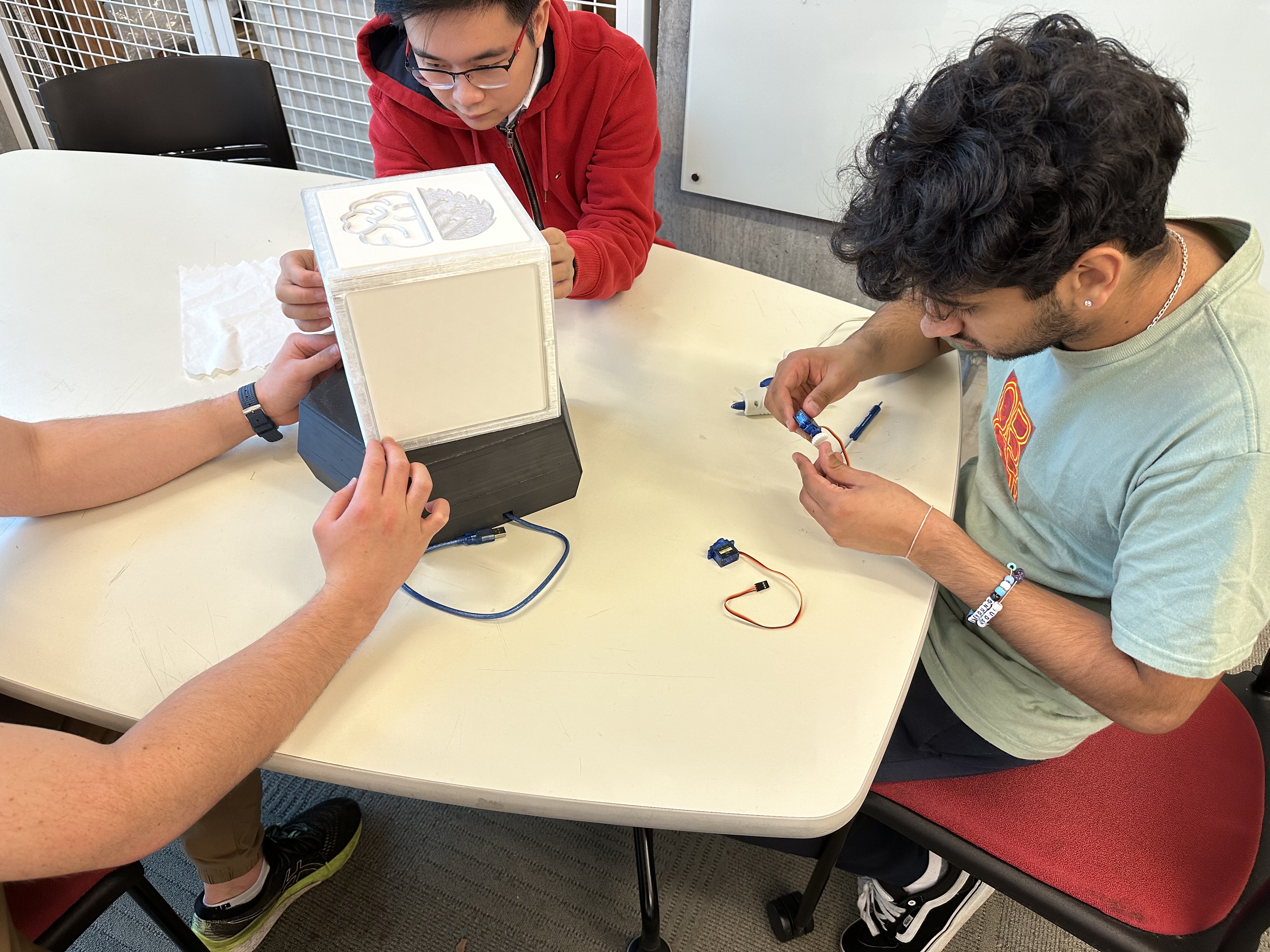
When focusing on specific thoughts, the human brain produces patterns that can be analyzed digitally. The MINT Home project utilizes this concept, and applies it to help its users achieve certain tasks, simply by thinking of them.
To do this, the users brainwaves are first collected using an EEG headset. This data is then processed and cleaned to keep only relevant data. Then, using machine learning techniques, the processed data is analyzed to decipher the intended action of the user. This action is then completed via the Automation Home app.
Not only would this be greatly beneficial for individuals with disabilities, but for the general public as well. Mind-controlling devices have always been a futuristic idea, but Automation Home is bringing that idea to reality.
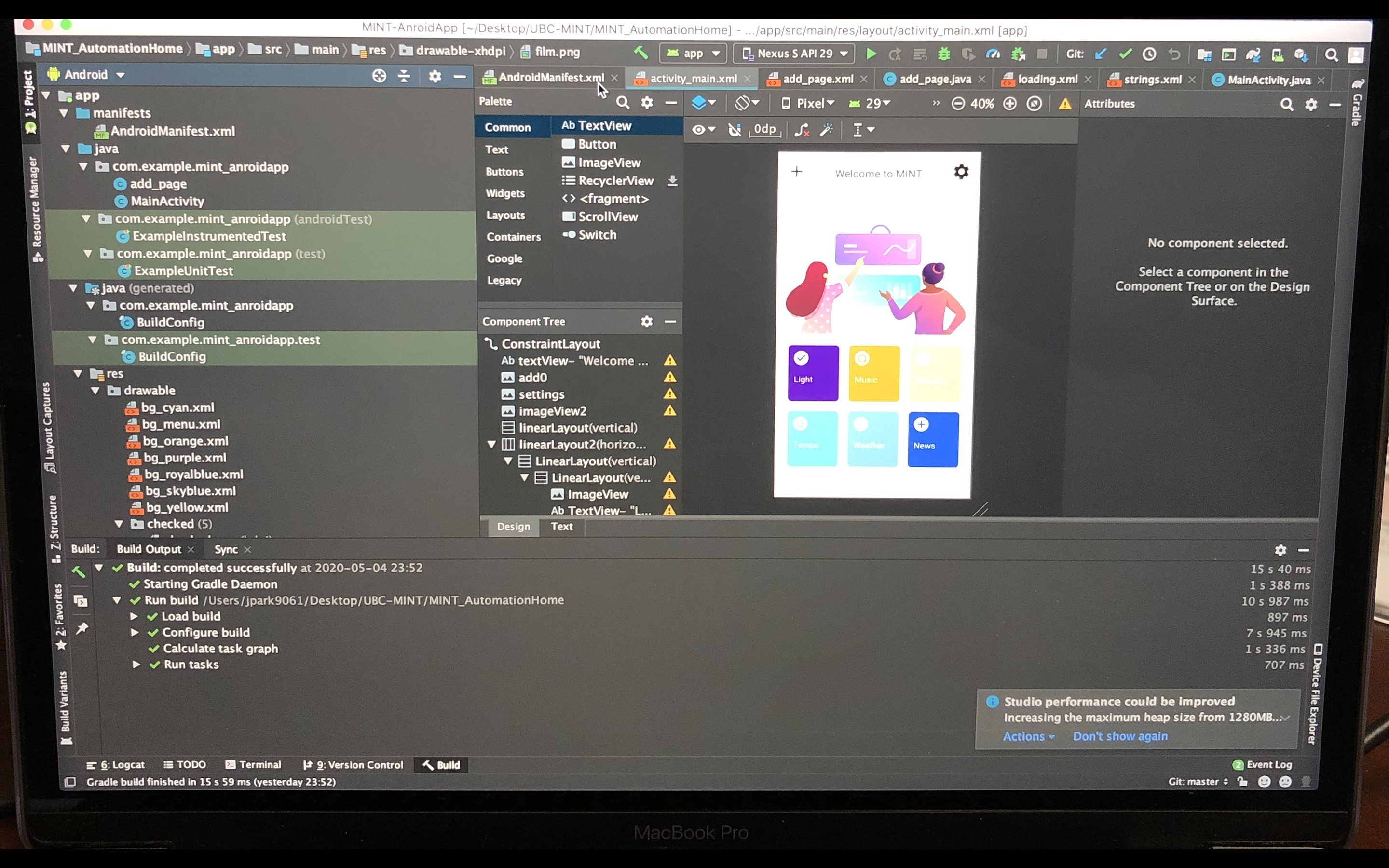
There are many commercially available EEG headsets such as MUSE, OpenBCI, Neurosky, and Emotiv. However, commercial headsets are costly, have limited spatial-resolution & signal quality, or have a complex setup procedure.
Mint is dedicated in developing an innovative and cost-effective EEG headset that is comfortable, adjustable and durable for long term use. Currently, the team is currently developing the first prototype that incorporates the circuit board, hybrid electrodes and headset to make a functioning EEG.
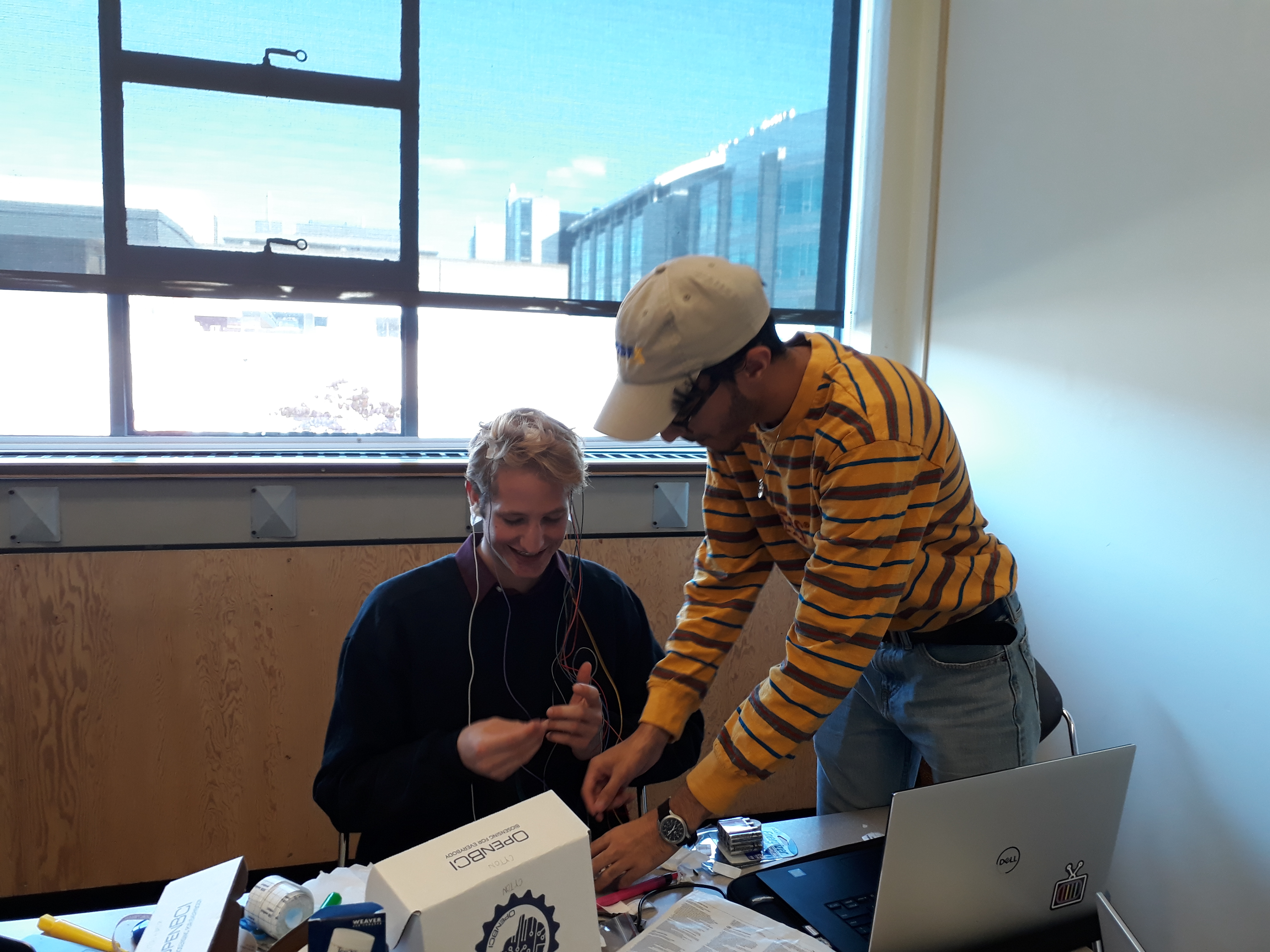
Based on the knowledge we have gained from making EEG board Mentha 1.0, we made an ADHD/ADD biomarker testing app, Flank, using collected EEG data. The users play a Flanker-test-based game while their EEG data is collected (by MUSE headset) and analyzed simultaneously. According to research articles, reduced suppression of alpha and beta range of EEG indicate the likelihood of ADHD/ADD.
The app is not clinically approved yet, so the results may not be medically accurate. Nevertheless, Flank is very useful for users, especially people who have ADHD/ADD, to check their attentional states easily and immediately so that they can optimize their medication and working or studying schedule.
The main project of MINT over the 2018-2019 school year (September 2018 - April 2019) is Mentha 2.0. The objective of the Mentha 2.0 project is to make a compact EEG board that can accurately collect EEG signals from the human scalp through 4 channels (low-noise). The board then high-pass (0.5 Hz) and low-pass (100 Hz) filters the EEG data and amplifies it about 1000 times to reduce noise-to-signal ratio and prevent data overflow. The analog signal is then converted to digital data through an ADC shield. The AC 60 Hz noise from common electrical devices is digitally filtered in Python code.
The filtered and amplified EEG data is shown on screen real-time in both FFT (power vs frequency) and power vs time graphs. Mentha 2.0 is good enough to detect common EEG artifacts such as blinking (peak of alpha wave - 8 to 12 Hz). However, the noise is still not eliminated sufficiently.
For the NeurotechX competition Fixed Challenge 2018, MINT built an EEG collection system from scratch, that accurately and effectively collected scalp potentials and minimise noise. The system used an Arudino microcontroller to send the data acquired to the computer.
We would then use a python script to live-plot the fourier transform of the data received. The circuit on the breadboard was susceptible to noise and took too much space. Thus, MENTHA 2.0.
